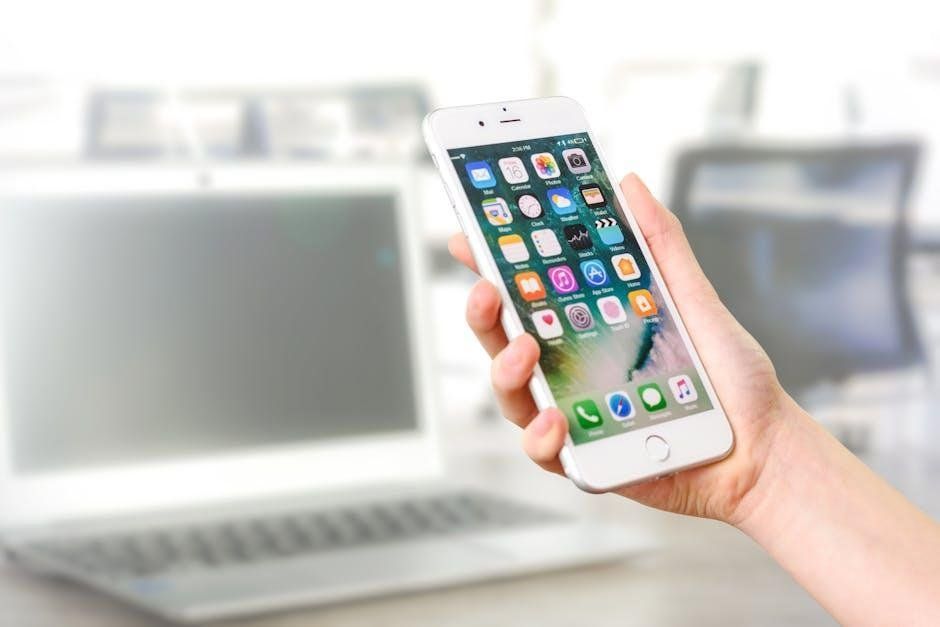Inside the World of Gamified Productivity Apps
Game mechanics are changing productivity tools. Task managers now have points, and habit trackers give badges. These apps transform how we handle daily tasks and long-term goals. They mix psychology with design to make work feel like play. Users check their streak counts before breakfast. The satisfaction from finishing task chains can be addictive. This blend of work and play shows how we use technology to solve motivation problems. As digital natives seek engagement in mundane activities, these tools bridge necessity and enjoyment.
Gaming has become a major, major industry – offering blackjack online and MMOs. The industry having an influence on those around it isn’t surprising.
As remote workforces more professionals to find structure in unstructured environments, the market for these applications has experienced double-digit annual growth.
The rise of gamified productivity apps
Productivity tools now feature game elements everywhere. The change was subtle initially, like a progress bar, then an animation. Now, platforms use achievement systems from game design. Team tools track contributions with experience points. Project boards display progress in quest-like formats. The shift goes beyond surface features. Core mechanics like spaced repetition and variable rewards form the foundation of these tools. They tap into reward psychology to maintain engagement with routine work. The result? Tasks that once felt tedious now provide immediate satisfaction. Many knowledge workers check their task completion metrics multiple times daily, seeking the same variable rewards that keep social media users scrolling.
Key features of gamified productivity apps
Gamified apps differ from standard tools in key ways. Progress displays are central, not buried in menus. Heat maps show work streaks. Users create avatars that grow with project completion, like skill trees, points for important tasks, and milestone celebrations. Some platforms use team structures where group work unlocks shared rewards. Advanced apps adjust difficulty based on performance to maintain engagement. Just right. The sweet spot. Social elements add accountability through visible progress and friendly rivalry. These systems convert abstract productivity concepts into tangible metrics that users can track, celebrate, and share.
Benefits of using gamified productivity apps
Completion rates improve with game elements. Why? Personal motivation combines with visible rewards. Big projects become manageable chunks. Starting work shifts from dread to anticipation. Studies show gamified systems outperform traditional methods. Research tracking developers found 25% higher code commits with gamified platforms. Another plus? Less procrastination. Instant feedback disrupts delay patterns. Users report better time awareness as points make progress visible. For people with focus issues, these systems provide a structure that traditional methods lack. The gamification framework turns abstract productivity concepts into concrete achievements that build momentum.
Challenges and limitations of gamified productivity apps
Problems exist in gamified systems. Poor implementation reduces work to point-hunting. Burnout happens, and users fixate on metrics instead of meaningful results. The streak mentality creates anxiety when life interrupts routines—dependency forms. People struggle to work without their systems. Deep focus suffers as quick wins take priority over sustained effort. The measurement problem emerges—optimizing what's counted rather than what counts. Teams report system-gaming that undermines real productivity. Tasks get prioritized based on their point value, not their importance. The trade-off between engagement and authentic work requires careful balance.
Conclusion
The productivity gamification trend offers both tools and traps. When well implemented, these systems leverage behavioral science to overcome procrastination. When poorly designed, they create meaningless achievement cycles. Effective systems focus on authentic metrics while using game elements as scaffolding. Individual differences matter. Not everyone responds to achievements or competition the same way. The next evolution? Systems that adapt to personal motivation styles. Until then, users should approach mindfully. Games should enhance productivity, not replace it.
